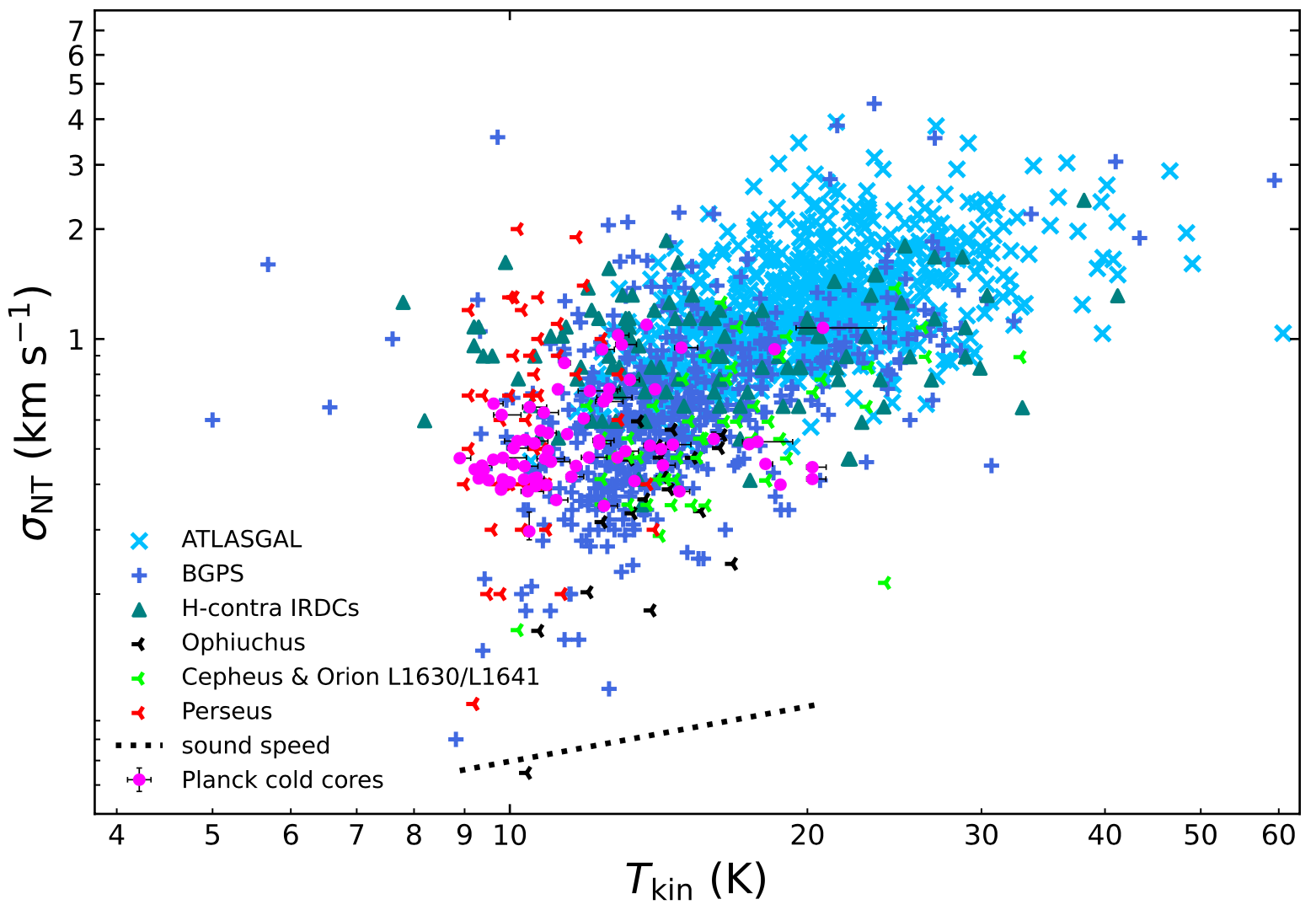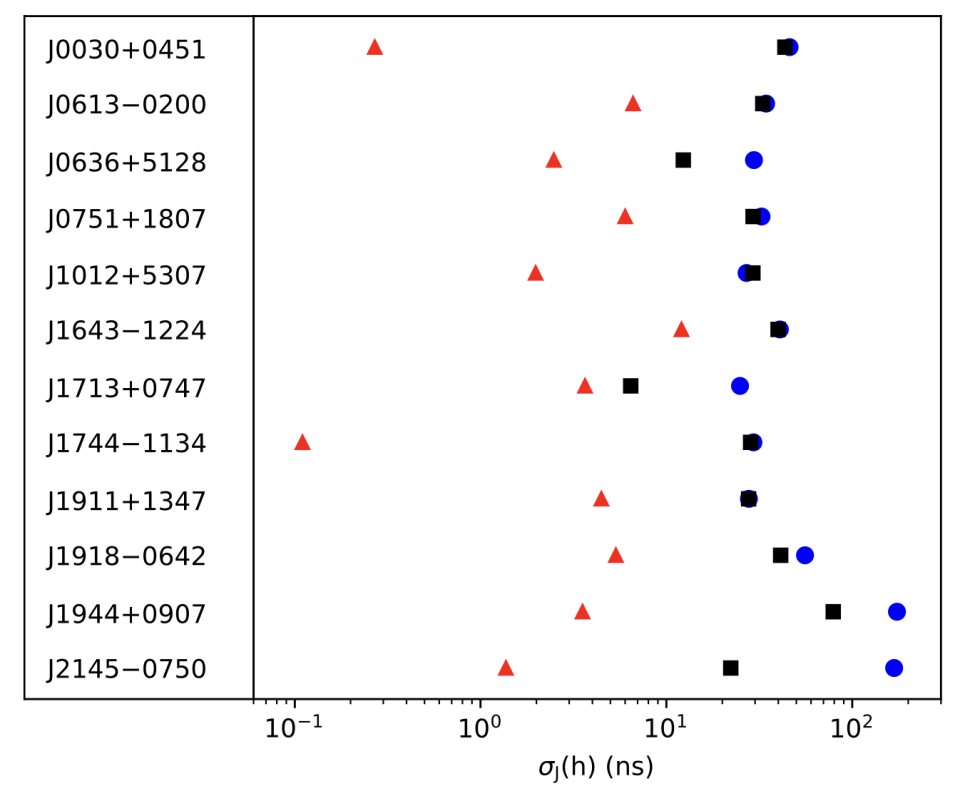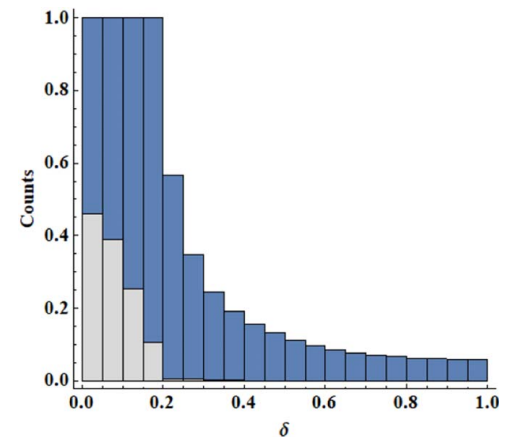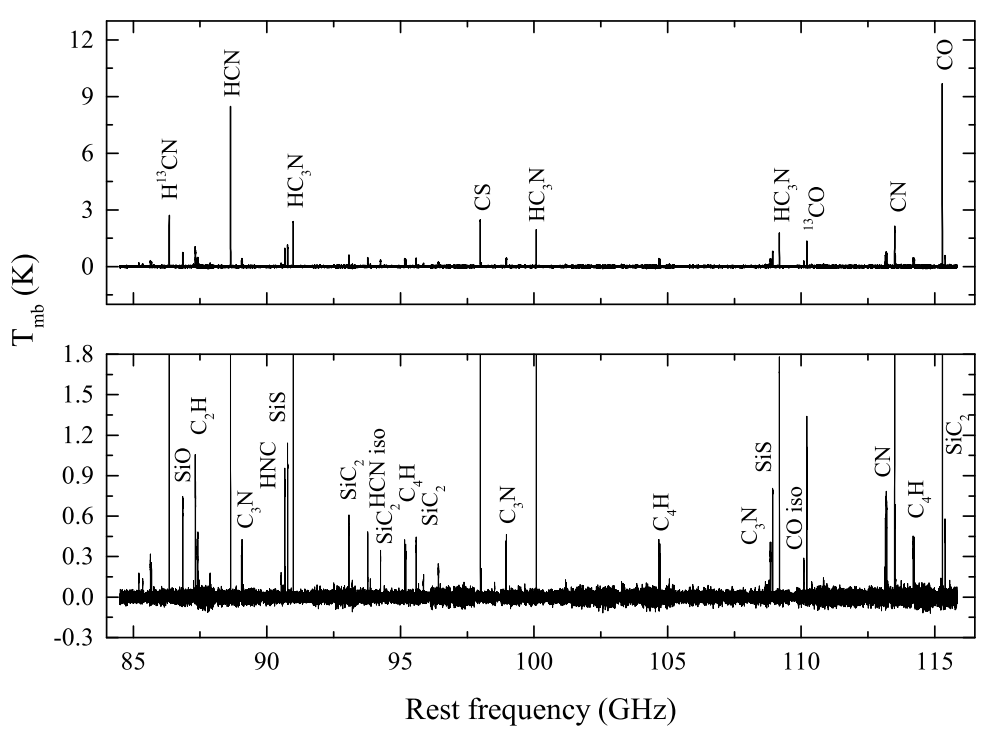Mar 21, 2024
Researchers have made progress studying the carbon-rich AGB star IRC+10216 (CW Leo) at 3mm band
IRC+10216 (CW Leo) is the closest and the brightest carbon-rich (C /O > 1) asymptotic giant branch (AGB) star. Astronomers have detected 106 different species (not including isotopologues) in its circumstellar envelope (CSE), making this...IRC+10216 (CW Leo) is the closest and the brightest carbon-rich (C /O > 1) asymptotic giant branch (AGB) star. Astronomers have detected 106 different species (not including isotopologues) in its circumstellar envelope (CSE), making this...






